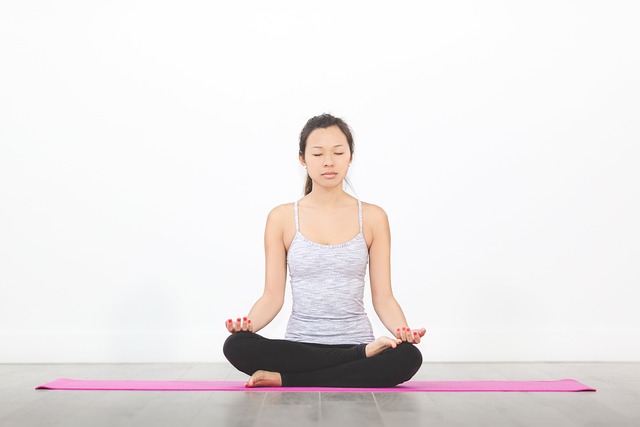Conditioning plays a big part in martial arts. It’s not just about speed or power—it’s about how well your body holds up over time. One detail that often gets ignored is the thickness of the training surface. This small factor changes how fighters move, recover, and avoid injury.
A surface that’s too thin can feel hard and unforgiving. A mat that’s too thick might feel soft underfoot, which affects balance and timing. That’s why the right thickness matters. When training sessions get intense—whether it’s footwork drills, falls, or bodyweight exercises—the mat must support every movement without putting strain on the body.
Many gyms and home setups use roll out mats because they’re simple to use and easy to store. These mats come in different thickness levels, letting athletes choose the one that suits their training needs. For those focused on striking, a thinner surface may feel better. It offers firmer ground for stable kicks and sharp pivots. But when grappling, where falling and rolling are common, extra thickness helps prevent impact injuries.
Not every session puts the same stress on the body. Some routines involve high-speed movement, while others need slow, controlled drills on the ground. Roll out mats give that flexibility. You can unroll what you need, train, and then store it again. That’s useful for shared or changing spaces, especially when you’re switching between styles like judo, BJJ, or striking arts.
What many people realise after using thin mats is how much pressure they put on joints. Knees and elbows start to feel sore. Over time, that adds up and affects training consistency. A proper mat with the right depth reduces that pressure. Roll out mats designed for martial arts often come with foam that absorbs shock well while still giving enough firmness to move with control.
Even basic warmups feel different depending on the mat. Doing sit-ups, push-ups, or stretches on the wrong surface can lead to discomfort, especially in longer sessions. It’s not just about comfort, though—it’s about training smarter. A better mat helps you focus more on your form and less on how your body feels against the ground.
Conditioning includes a lot of impact, and not just from throws or takedowns. Plyometric exercises, fast jumps, and body drops all test how well a mat handles pressure. If the surface bounces too much, it can throw off balance. If it’s too hard, it risks injury. That’s why many coaches test several options before choosing the best one for their training style.
Some prefer puzzle-type flooring, while others stay with rolled designs. The benefit of rollable systems is the ease of adjusting the space. Need a quick setup for ground drills? Unroll, train, and roll it back up. That’s harder to do with fixed tiles. It also helps when moving the mats between classes or storage rooms, especially in smaller gyms.
The ideal setup lets you train without thinking about the surface. You move, strike, or fall—and trust the mat to do its job. That kind of training space builds confidence. Athletes feel safer, and that safety leads to better performance. A mat’s role is silent, but powerful. It supports everything from start to finish.
For martial artists serious about long-term training, the mat is as important as gloves or pads. Whether you’re in a garage gym or a full dojo, the thickness of your mat shapes how you train and how your body handles the load. Investing in a well-made surface, like those that roll out with ease and strength, is not a luxury—it’s a smart choice for every serious athlete.
